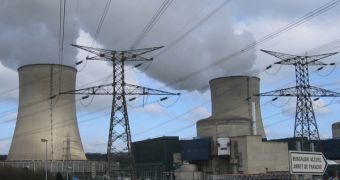Although independent Scottish scientific reports acknowledge the fact that the nation could indeed rely on renewables to offer it 20 percent of its electricity by 2020, they also stress the fact that nuclear power is probably the best option in the long run. New surveys draw attention to the fact that a five-fold increase in the number of wind farms is required to meet the 2020 deadline, which means that the work has to be started right away. "It is our view that nuclear power should be considered as a potential part of the longer-term generation base in Scotland," says the Scottish Council Development and Industry report, while arguing that a mixed balance of renewables and low-polluting fossil fuels would be the best alternative for Scotland for the long-run.
"If Scottish demand is to continue to be served by Scottish generation, it is highly likely that new base load capacity will be needed and, in addition to the technologies we consider in the forecasts presented in this report, new nuclear generation could represent a viable option at this time," it adds.
"In order to deliver this we need a speedy consents process, with Scotland needing 450MW of new wind – more than twice the size of the country's biggest operational wind farm – every year, as well as speedy improvements to grid connections, such as the critical Beauly to Denny line," says Iain Duff, SCDI's lead economist.
"We don't need dangerous and unnecessary new nuclear power stations, with soaring decommissioning costs and the unresolved problem of storage of radioactive waste that burdens future generations for thousands of years," says Jim Mather, the nation's Energy Minister.
If it does not deviate from its present course, Scotland is set to become one of the global leaders in renewable energy, with an estimated 31 percent of its electrical needs scheduled to be obtained from renewable energy by 2011, whereas most of the European Union only has a 20 percent objective by 2020.

 14 DAY TRIAL //
14 DAY TRIAL //